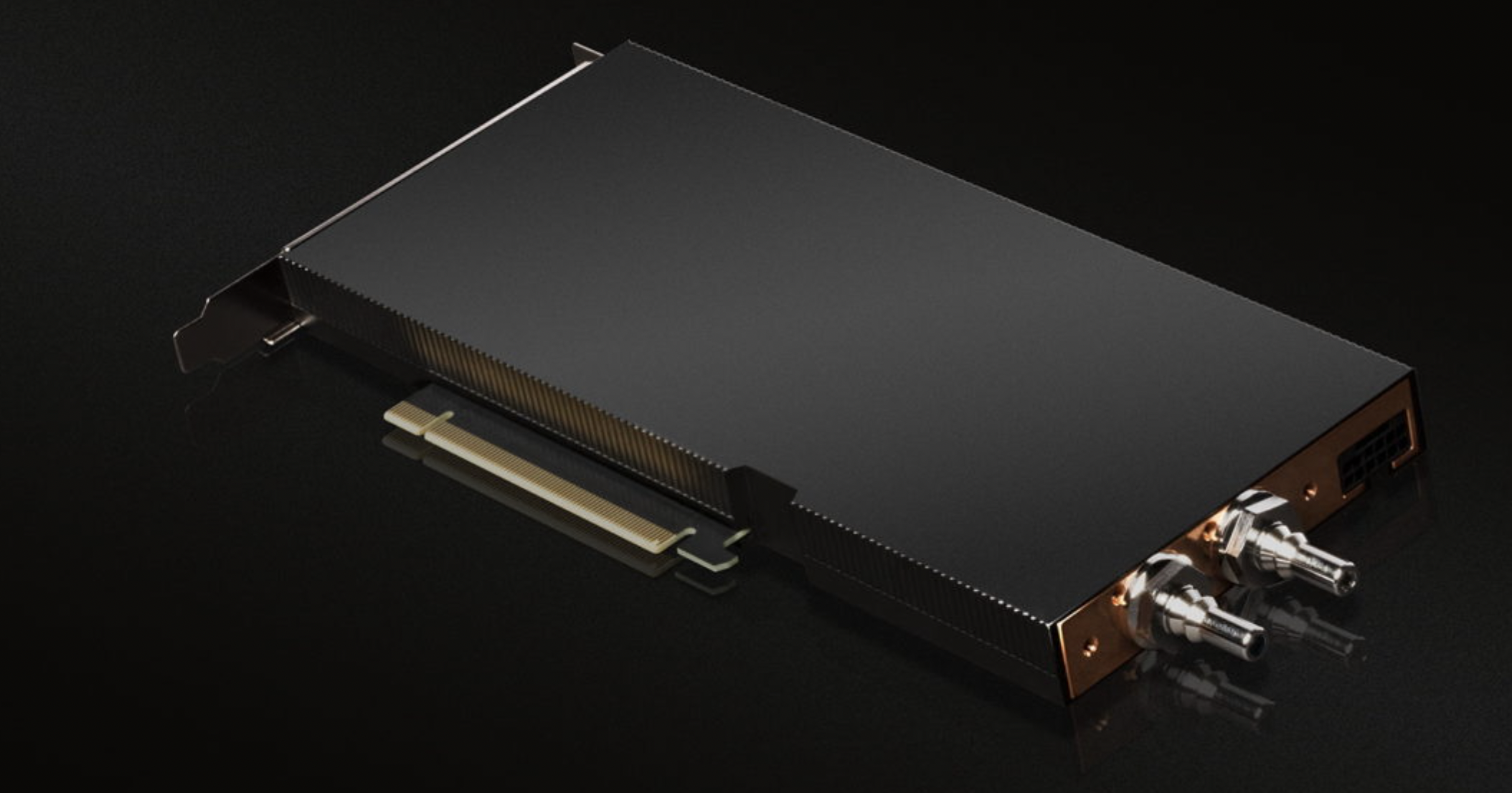Nvidia turns to liquid cooling to curb data centre energy consumption
More use cases are on the way as chip giant goes all-in on liquid cooling tech


Nvidia has announced its new strategy for reducing energy consumption in data centres with liquid cooling technology.
The chip giant introduced a liquid-cooled version of its A100 compute card at Computex on Monday.
RELATED RESOURCE

The carbon reduction opportunity of moving to AWS
How businesses are addressing sustainability issues with the help of the cloud
The card consumes 30% less power than the air-cooled version, according to Nvidia, which appears to be preparing a full future of liquid-cooled server cards. Beyond the A100, the company plans to launch more types of liquid-cooling technology for other applications such as in-car systems.
However, for data centres, the need to reduce energy usage could make an enormous impact with Nvidia suggesting that data centres use over 1% of the world's electricity and that 40% of that is down to cooling. Reducing that by a third would be an impressive feat, though it's worth pointing out that similar cooling systems would need to be made for CPU, Storage, and general networking equipment.
The reason, however, that liquid cooling is being touted as a solution is because liquids absorb heat better than air does. And, once you have warm liquid, it's straightforward to transfer it elsewhere so that it can cool off. By contrast, it is more complex, and costly, to try cooling down specific components with air. What's more, liquid-cooled cards are also smaller and take up less room than their air-cooled counterparts.
On a much larger scale, Microsoft has used liquid-cooled technology in its data centres. In 2018, the tech giant plunged a container into the sea, just off the coast of Scotland as an experiment to see if it could be used to cool a mini data centre.
More recently, Microsoft has experimented with a water-like liquid that has a lower boiling point. This is used with a "two-phase" immersion cooling system that prevents data centre servers from overheating. Its lower temperature has been specifically chosen to carry away the heat while allowing Microsoft's servers to operate at full power without the risk of failure due to overheating.
Get the ITPro daily newsletter
Sign up today and you will receive a free copy of our Future Focus 2025 report - the leading guidance on AI, cybersecurity and other IT challenges as per 700+ senior executives
Bobby Hellard is ITPro's Reviews Editor and has worked on CloudPro and ChannelPro since 2018. In his time at ITPro, Bobby has covered stories for all the major technology companies, such as Apple, Microsoft, Amazon and Facebook, and regularly attends industry-leading events such as AWS Re:Invent and Google Cloud Next.
Bobby mainly covers hardware reviews, but you will also recognize him as the face of many of our video reviews of laptops and smartphones.
-
 Bigger salaries, more burnout: Is the CISO role in crisis?
Bigger salaries, more burnout: Is the CISO role in crisis?In-depth CISOs are more stressed than ever before – but why is this and what can be done?
By Kate O'Flaherty Published
-
 Cheap cyber crime kits can be bought on the dark web for less than $25
Cheap cyber crime kits can be bought on the dark web for less than $25News Research from NordVPN shows phishing kits are now widely available on the dark web and via messaging apps like Telegram, and are often selling for less than $25.
By Emma Woollacott Published